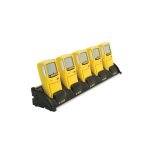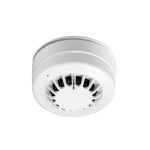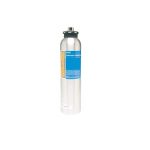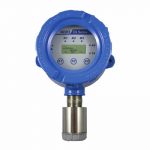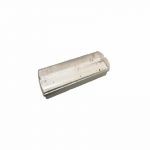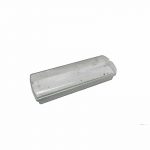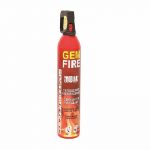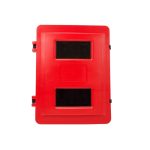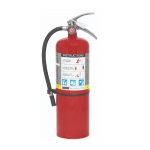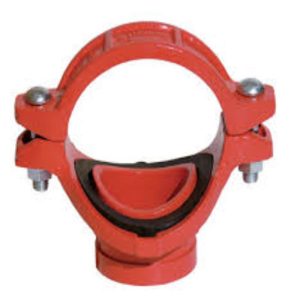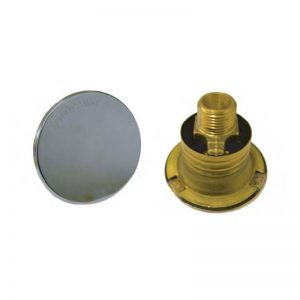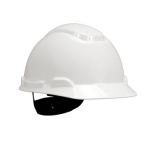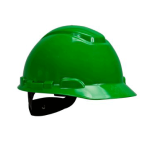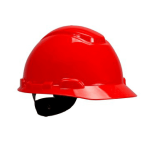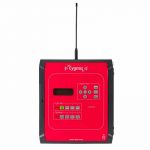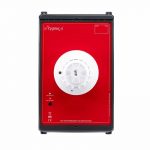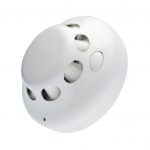Your list is empty, add products to the list to send a request
Learn about Fire Extinguishers

28
Dec
Fire Extinguishers
Fire is rooted in nature, and it is a wild agent which man has tamed to a significant degree. Fire outbreaks remains one of the biggest threats to the safety of lives and property though it serves as a handy resource in a controlled environment. It remains an unpredictable entity with brutal and destructive potentials.
Fire extinguishers help people and organizations contain fire hazards before they escalate into a disaster.
According to fire safety research, fire needs four different elements to combine before it exists; these elements include heat, fuel, oxygen and a chemical reaction among the three. So, the concept of extinguishing a fire is based on the separation of these elements. A fire extinguisher is a red cylindrical object usually stationed in strategic places known for visibility and ease of access, for any adult to quickly engage and end a fire before it escalates. It is used to arrest and control emergencies that could ordinarily have resulted in a fire outbreak.
The first record of a fire extinguisher was in England by 1723 by a man named Ambrose Godfrey who was a famous chemist. A fire extinguisher is a handheld cylindrical pressurized vessel which carries a chemical or an agent, discharged from the pressurized cylinder to extinguish a fire before it escalates. There are different types of fire extinguishers for specific kinds of fire.
Types of Fire Extinguishers
Fire extinguishers are classified according to the kind of fires which they are meant to fight; and the kinds of fire includes Class A, B, C, D, and K.
- Class A Fire is caused by regular combustible solids like wood, clothes, plastic, paper and many rubber materials.
- Class B Fire is caused by liquid fuels like gasoline, engine oil, grease, tar, alcohols, etc.
- Class C Fire is caused by electric components like coils, computers, etc.
- Class D Fire is caused by combustible metals including potassium, lithium, and a few others.
- Class K Fire is caused by cooking oils.
Now that we have understood the different types of fire, we can go ahead to know more about fire extinguishers that are used in emergencies to fight the different types of fire;
- Water and Foam Fire Extinguishers: These are used for fire emergencies involving Class A fire.
- Carbon Dioxide Fire Extinguishers: These extinguishers can be used for fighting Class B and C fire.
- Dry Chemical Fire Extinguishers: This type is used for fighting Class B and C fires.
- Wet Chemical Fire Extinguishers: They are used to fight fires of Class K and sometimes Class A in commercial kitchens.
- Clean Agent Fire Extinguishers: These types are also called Halogenated fire extinguishers, and they are useful for fighting Class A, B and C fires.
- Dry Powder Fire Extinguishers: This type is used for Class D fires, and they are similar to dry chemicals.
- Water Mist Fire Extinguishers: These extinguishers are used for Class A type of fire.
- Cartridge Operated Fire Extinguishers: These types of extinguishers are suitable for Class A, B and C fires.
Using a Fire Extinguisher
Ideally, an extinguisher is a preemptive tool that helps to prevent the escalation of fire outbreaks. When a fire is already raging at its peak, fire extinguishers may not be able to contain or exterminate it. All fire extinguishers don’t look the same, and some do not even come in the popular cylindrical pressurized red canisters. The cylindrical extinguisher can be triggered by releasing the pin and applying pressure to the lever to release the agent or foam to quench the fire.
Fire extinguishers come in different variations; some are handheld while others may be trolley mounted. The trolley-mounted extinguishers are often used in large industrialized areas where fires may be a more common occurrence than usual. Meanwhile, handheld extinguishers may come in handy in places like our kitchens, labs, cars and anywhere a fire outbreak may be possible. Mounting of fire extinguishers are also done on Extinguisher stands and other types of extinguisher cabinets
Authorities should be informed, and firefighters have to be involved in a massive fire scene as they are equipped with proper training and equipment to handle such situations. In most buildings and vehicles these days, fire extinguishers are always positioned as a precaution against future or possible fire outbreaks.
Conclusion
In the end, preventive measures are far better than curative ones. Hence, individuals or property owners should procure, maintain and strategically place fire extinguishers. This may reduce and slash the cost of any future repairs or maintenance that may occur as a result of an uncontained fire. The use of fire extinguishers is often taught in schools, workplaces, and specialized courses as part of firefighting and safety drills. It is also mandatory to have maintenance and refilling of fire extinguishers as per UAE Civil Defense requirements
Image courtesy: www.highspeedtraining.co.uk




